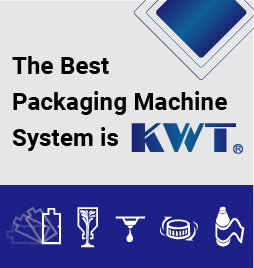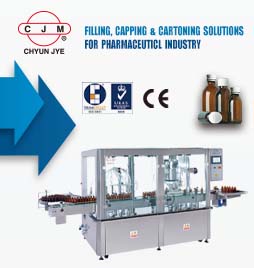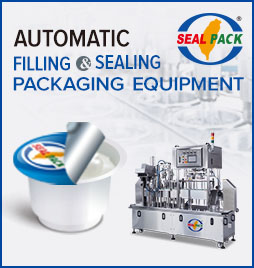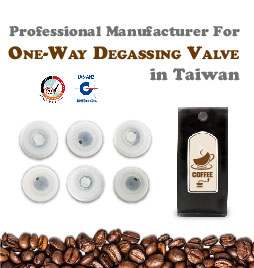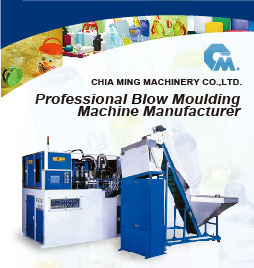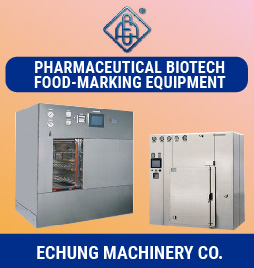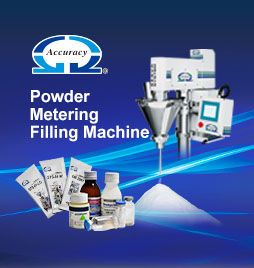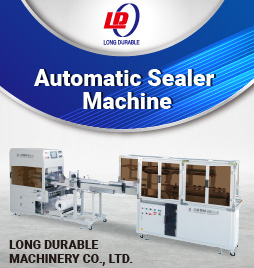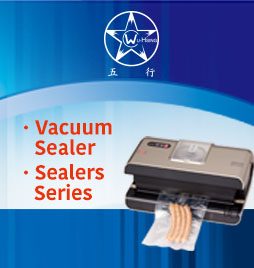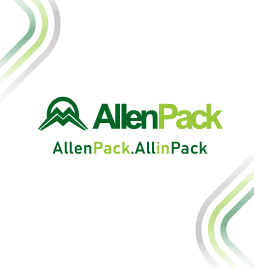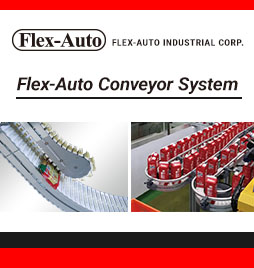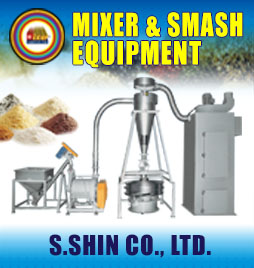Filling technology for Food Processing of FOOD AND BEVERAGE
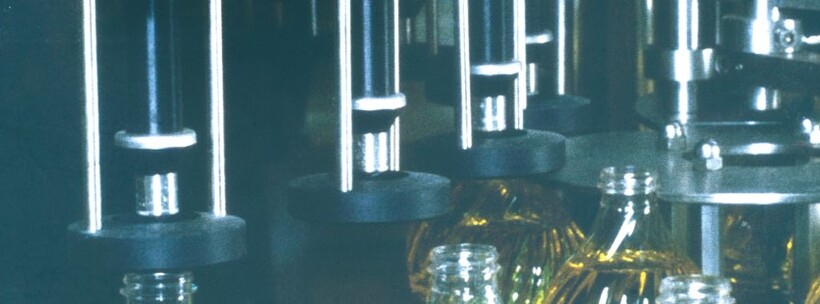
Being able today to offer what the market will need tomorrow in an efficient and profitable way and with a unique variety represents the challenge of food. Technology plays a fundamental role for the success of the industry. - Claudia López
* Marketing Coordinator at SIG Combibloc México / [email protected]
The food industry is constantly changing. Food manufacturers want to flexibly respond to changes on the market, to changes in consumer demand and be prepared for these movements. As a result, this results in filling the companies’ and co-packers’ need to have the right technical equipment that allows them to supply what their customers want today, and at the same time be prepared for what they want tomorrow. In addition, in order to survive in the long term in an intensely competitive environment, they need to find an answer to the constant pressure on the margins.
Today, there are options for the filling of foods based on standard technology, which require only minor technical adjustments before the delivery of the machine to allow manufacturers enriching their offer with a full range of food products. With this technology, the amount of ingredients of products with bits can be up to 10%; the size of the particles can be up to 6 mm, and the fibers 1x15 mm in size; the viscosity can potentially be up to 3,500 mPas. This translates into the possibility of quickly filling an unparalleled range of food products without the need of a significant additional investment. The flexibility of technology is also the key to products that allow higher margins.
-Advantages of filling technology-
Currently, the issue of margins worries the food sector with greater acuity. Particularly for this reason, the filling technology must offer options for any food manufacturer that wants to expand the existing product range by adding more profitable products, without investing in a high-tech solution to fill food products, such as prepared meals or soups and sauces with chunks; the above regardless of whether it is a beverage manufacturer who wants to enter the food business or a consolidated manufacturer who projects an investment to add other products to its portfolio.
Over the years, filling and packaging options have increased "bit by bit," in the most literal sense of the term. Nowadays, there are ultramodern machines for food filling that can aseptically fill products which contain particles up to 25 mm in size and individual fibers up to 40 mm in length. The products can have a particulate content of up to 50%. But not all manufacturers that play an active role in the food business or seeking to enter it take full advantage of the possibilities offered by the technology that is designed for the crème de la crème of liquid food products.
With the options now available, a manufacturer who originally specialized in the production and filling of juices and juice-based products now has the possibility to pack more than its usual portfolio of products in long-life cartons. Also, it has the technical capacity to expand its range of products, using the same filling machine, adding products from the food segment, and thus achieving higher margins. And it is not just viscous and pasty products like fried tomato (tomato sauce with oil) that can be easily filled using the new system; other viable possibilities are tomato purees and creamy pasta sauces that contain herbs or pieces of onion and vegetables.
-Entering the food business-
Overall, this diversity is unparalleled. And it can be transferred to other product segments such as soups, which can also be filled in Food Option1 machines. Same as packaging products, such as beverages and broths in a single machine, more complex products can be filled in carton packs and, therefore, so can those products with higher margins, such as veloutés or mouliné soups.
In the dairy products sector, food manufacturers can enter new market segments. In addition to milk and dairy-based beverages, the use of the Food Option1 aseptic filling machines makes it possible to fill more viscous products, such as dessert sauces, custards, pudding and even desserts ready to be enjoyed as rice pudding.
Food manufacturers who are already using the aseptic system for the juice or dairy segment and wish to expand their portfolio by adding innovative products, which are completely out of the ordinary, or who are looking to enter the food business will be perfectly positioned with the technology, which also allows them to fill soups, sauces, and desserts containing particles and fibers, or very viscous products.
1 Refer to the Food Option machines, which are based on the standard filling technology of SIG Combibloc.

